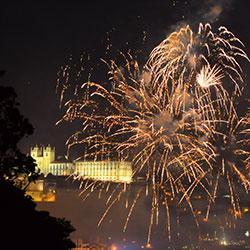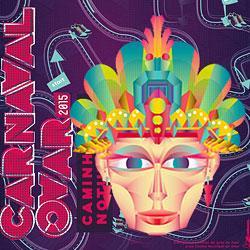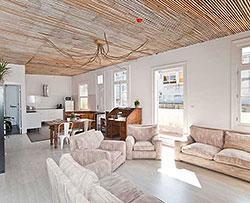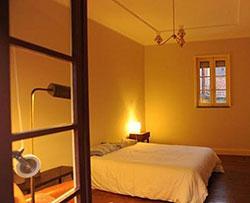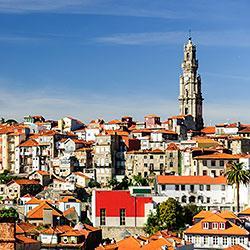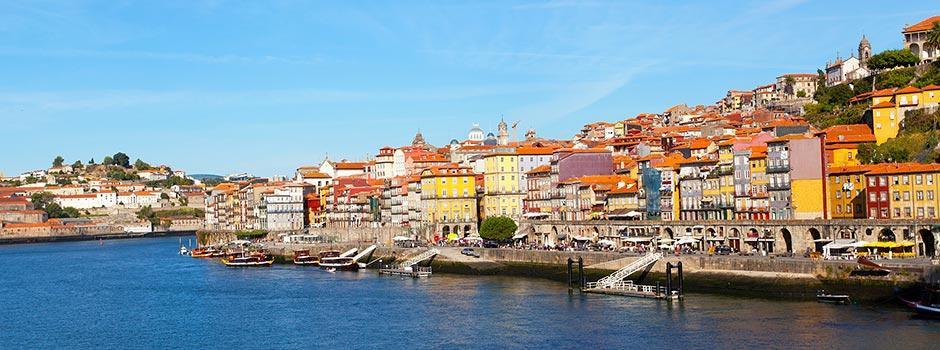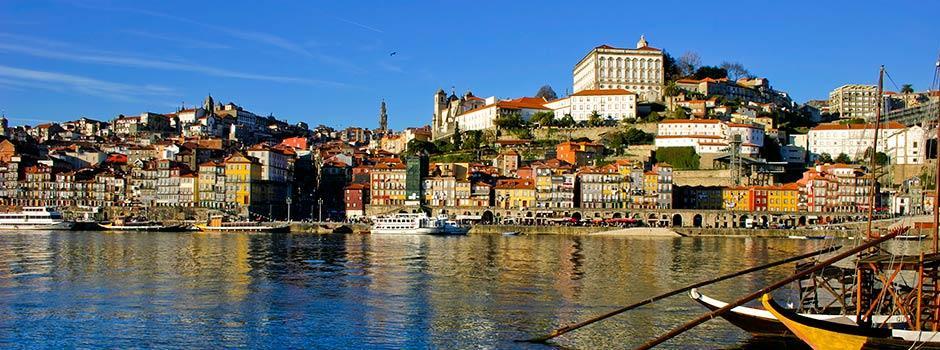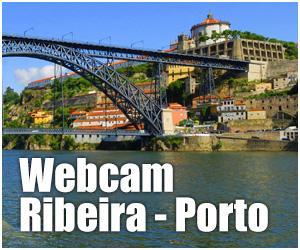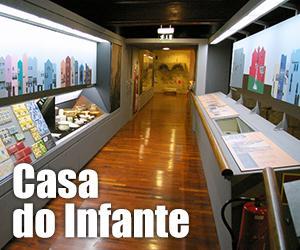The bank of the Douro, below the Sé Catedral and Baixa, is cluttered with fascinating old houses, with elderly inhabitants still living inside. Here is history, tradition and a unique landscape, crowded colorful houses and narrow streets that look over the Douro River and Vila Nova de Gaia.
Ribeira is one of the most ancient and typical sites of the city and is part of the Historic Centre of Porto, which is classified as a World Heritage Site by UNESCO. Of medieval origin, has always been an area of much trade and movement of people, due to the proximity of the river.
Today, Ribeira is full of vibrant cafés and restaurants, catering to tourist passing through this slice of old Porto. Barcos rabelos (wooden sailing vessels) are moored along the riverside and there are splendid views across the Douro River to Vila Nova de Gaia.
In Ribeira there is Praça da Ribeira. In the year 2000, in this same area, the statue of St. John the Baptist was inaugurated. This popular saint is celebrated with a great festival, the Festival of St. John's (São João), one of the largest and most popular festivals in the city of Porto. Closer to the Douro River, in the areas of cais da Ribeira, the landscape to Vila Nova de Gaia is magnificent and is a pleasant walk along the river.
Placards mounted on the walls detail some of Ribeira’s history. One describes the tragedy of the ‘Ponte das Barcas’ in 1889, when a pontoon bridge collapsed under the weight of the Portoenses fleeing Napoleon’s army. Another placard points out the location of the last remaining ‘hatch’ the 14th century city wall. Ribeira’s past is evident in the buildings and in the stone, and it’s written on the walls.
In this area of the city lived one of the most outstanding and charismatic personalities, the Duke of Ribeira, who was known to have saved several people from drowning. For this achievement, after his death a tribute was made in his name. The square next to the pillar of the D. Luís Bridge received its name and a tombstone.

 English
English  Português
Português 






